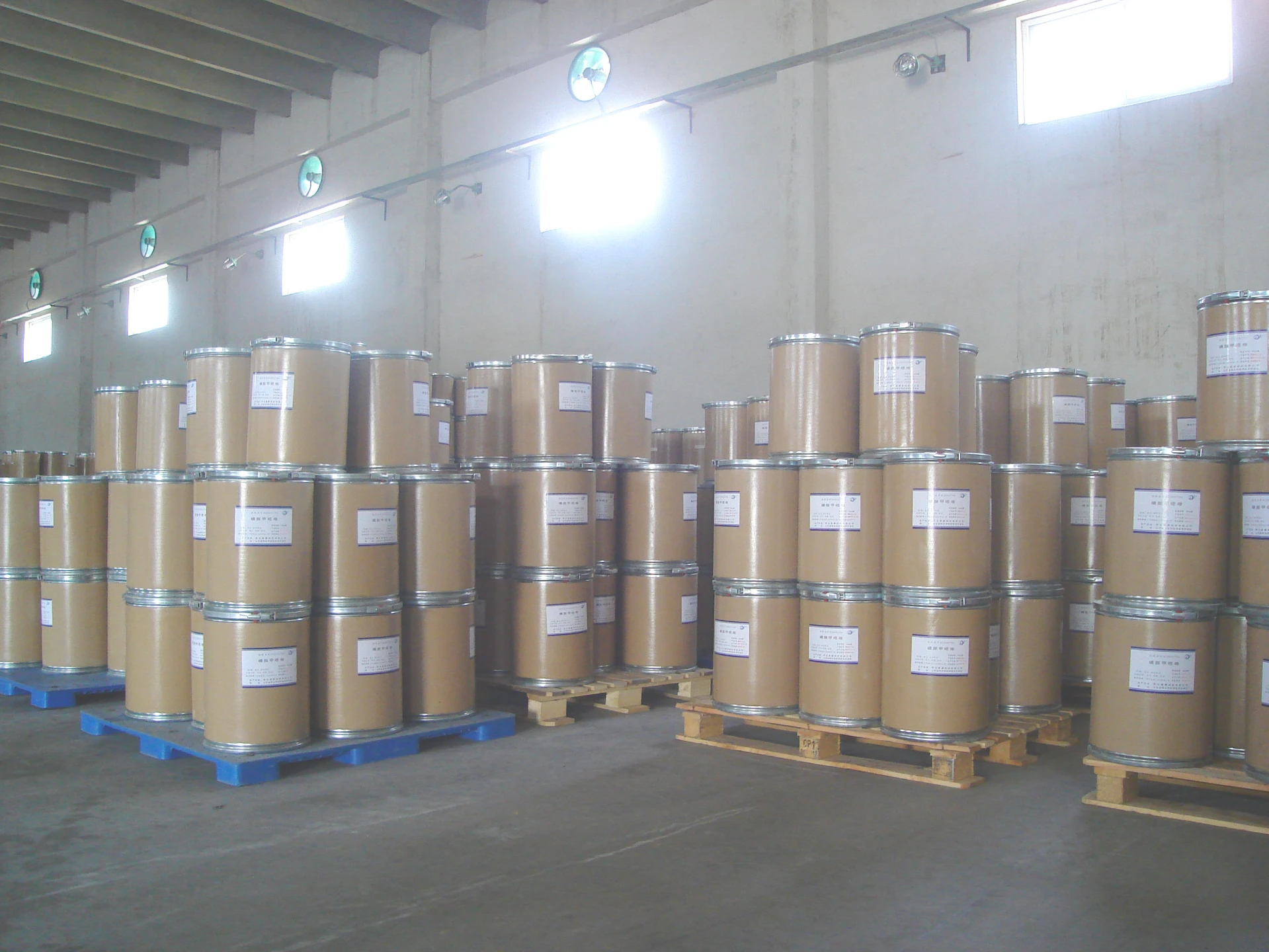Chemicals Used to Treat Drinking Water
Drinking water treatment is essential for ensuring safe and clean water supply for communities. Various chemicals play a vital role in the processes involved in water purification. These chemicals help eliminate pathogens, harmful substances, and undesirable tastes and odors, making water safe for human consumption. Here, we will explore the key chemicals commonly used in treating drinking water, their functions, and the processes in which they are involved.
1. Coagulants
Coagulation is one of the first steps in treating drinking water, where coagulants are added to help remove suspended solids. The most common coagulant used is aluminum sulfate, also known as alum. When alum is added to water, it reacts with the impurities present, causing them to clump together into larger particles called flocs. These flocs can then be removed through sedimentation or filtration. Other coagulants include iron salts, such as ferric chloride and ferric sulfate, which serve similar purposes.
2. Disinfectants
Disinfection is a critical step in drinking water treatment that ensures the elimination of harmful microorganisms. Chlorine is the most widely used disinfectant due to its effectiveness in killing bacteria and viruses. It is often used in combination with other chemicals to provide residual disinfection, ensuring that water remains free of pathogens until it reaches consumers. Other disinfectants include chloramines, which are stabilized forms of chlorine, ozone, and ultraviolet (UV) light. Ozone is particularly effective in breaking down organic substances and is used in advanced treatment facilities.
3. pH Adjusters
The pH level of water is crucial for optimal coagulation and disinfection. Chemicals such as sodium hydroxide (lye) or calcium carbonate are used to adjust the pH of the water. Sodium hydroxide is used to raise the pH, whereas calcium carbonate can be used for raising or lowering the pH, depending on the water's initial acidity or alkalinity. Ensuring the correct pH level not only enhances the effectiveness of other treatment chemicals but also helps to minimize corrosion in pipes and infrastructure.
what chemicals are used to treat drinking water

4. Flocculants
After the coagulation process, flocculants are often added to aid in the agglomeration of smaller flocs into larger ones, making it easier for them to settle out of the water column. Common flocculants include polyacrylamide and natural materials such as starch. These agents improve the efficiency of sedimentation processes, reducing the time required for filtration and producing clearer water.
5. Activated Carbon
Activated carbon is utilized in water treatment for its adsorptive properties. It effectively removes organic compounds, taste, odor-causing substances, and chlorine from the water. This treatment step is essential in enhancing the overall aesthetic quality of drinking water. Activated carbon can be introduced as granular activated carbon (GAC) in filters or used in powdered form in certain cases.
6. Corrosion Inhibitors
Water can be corrosive to metal pipes and fixtures, resulting in the leaching of harmful heavy metals into the water supply. To mitigate this risk, corrosion inhibitors like ortho-phosphate and silicates are used. These chemicals form protective layers on the internal surfaces of pipes, preventing corrosion and extending the lifespan of the distribution system.
Conclusion
The treatment of drinking water involves a complex interplay of chemicals that work together to ensure that water is safe, palatable, and pleasant to consume. From coagulants and disinfectants to pH adjusters and corrosion inhibitors, each chemical has a crucial role in the comprehensive treatment process. With ongoing advancements in technology and an increasing understanding of water chemistry, the treatment methods will continue to evolve, ultimately ensuring the provision of high-quality drinking water for all.

